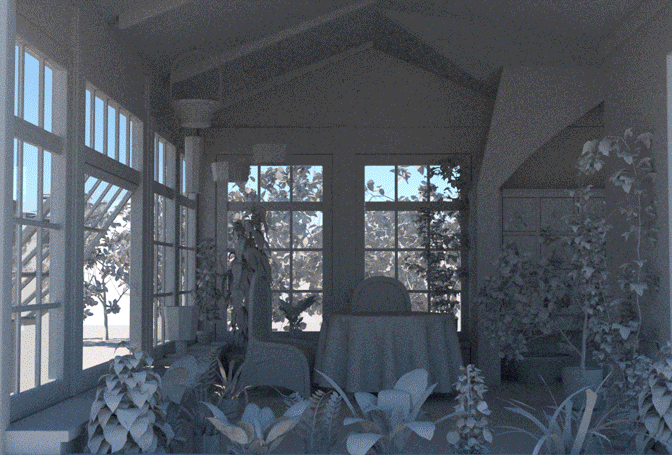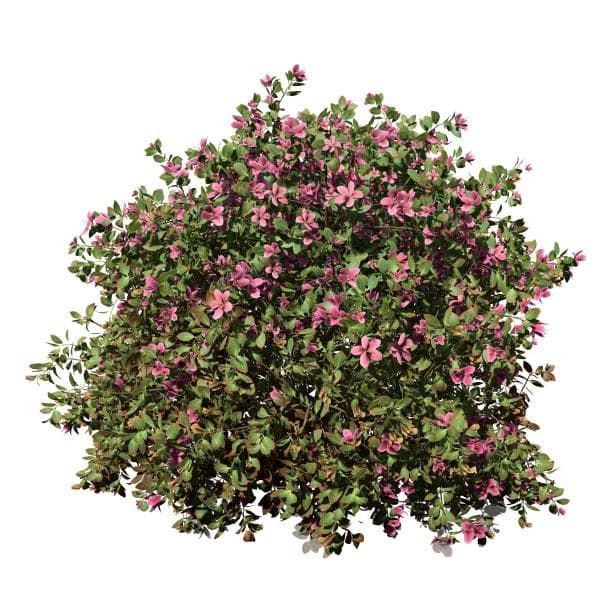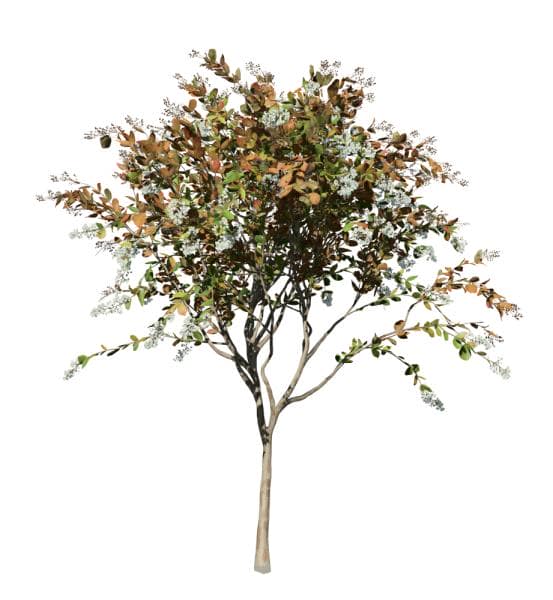Spring had only just begun when we stumbled upon Melody Romero’s “Kiki’s House,” a 3D interpretation of a background from the Studio Ghibli film, “Kiki’s Delivery Service.” Flowers hang to dry from the ceiling in colorful bunches, plants in baskets and pots soak in the sunshine streaming from the windows: it exudes an undeniably homey Springtime charm. We reached out to Romero to gain some insight into her workflow and share how she created “Kiki’s House”.
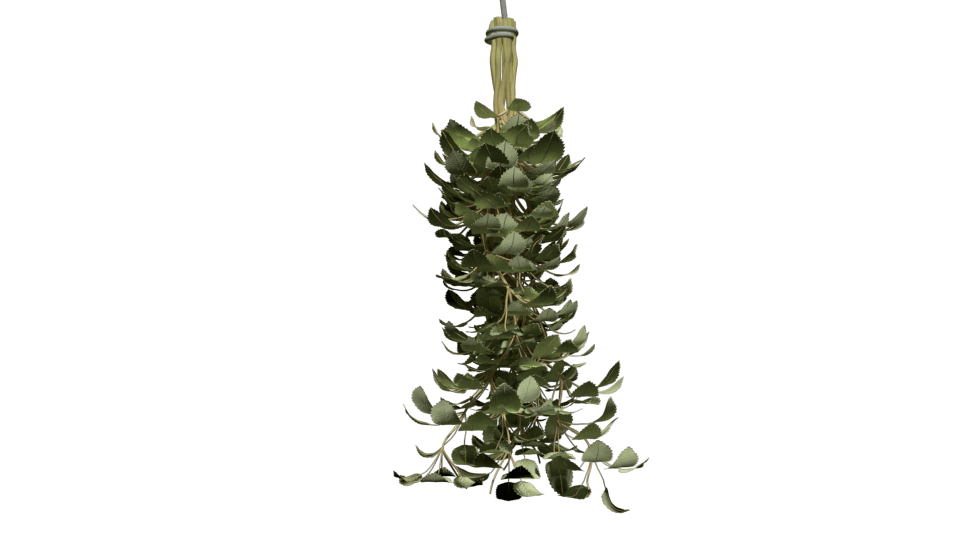
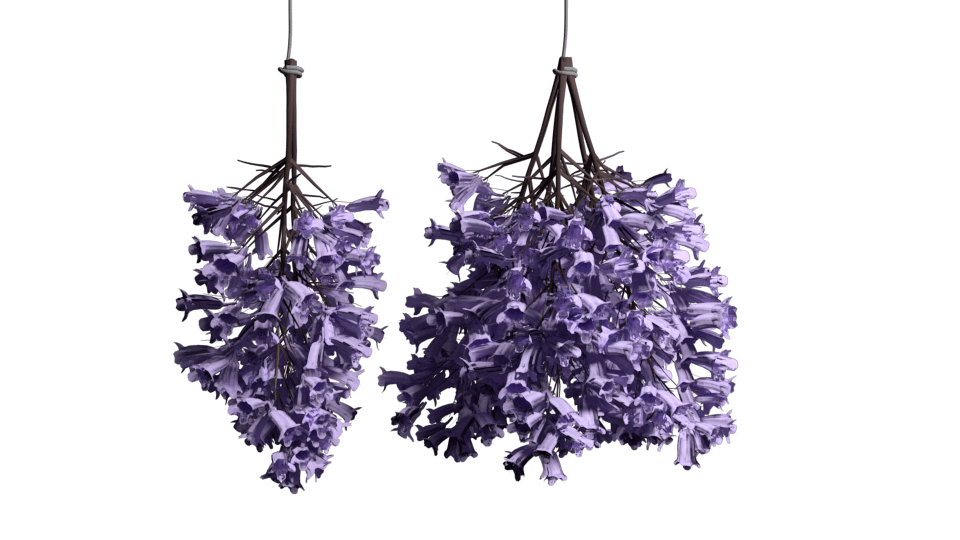

When I model environments I usually start with a concept piece that I find and then I collect lots of references for each prop. This project was done for my Digital Sets class at Gnomon and the teacher, Tran Ma, is very big on references, especially plants and trees. They’re so complex and have so many nuances between species and types; sometimes it’s hard to see, even when you’re looking right at it!
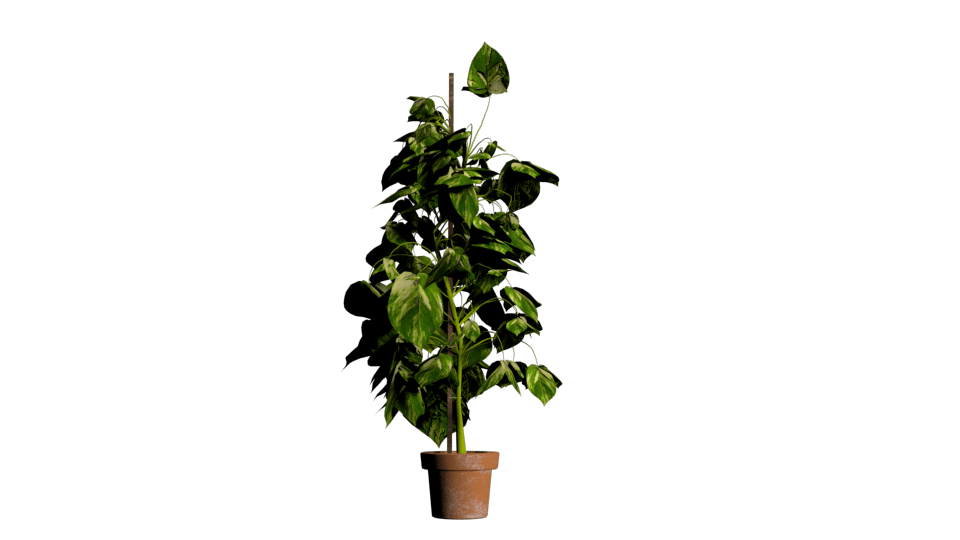
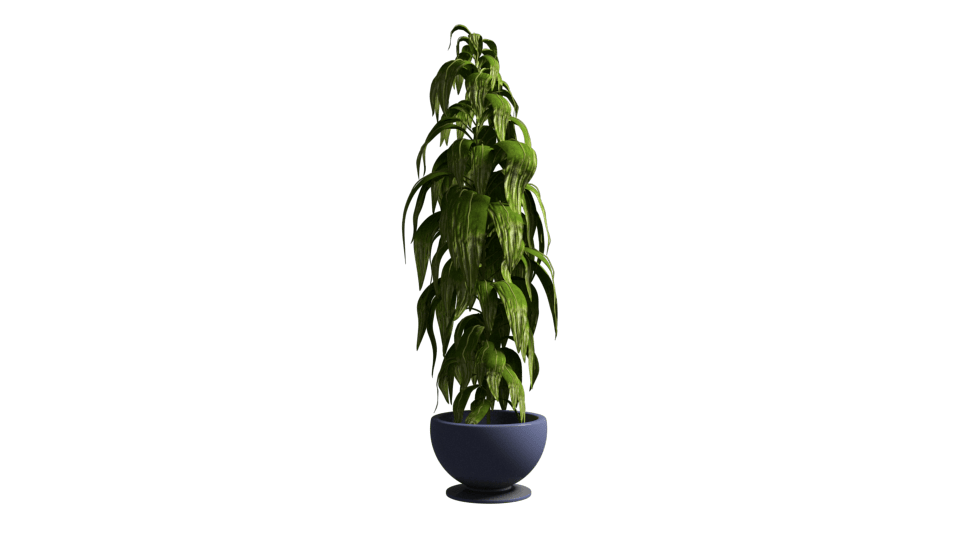
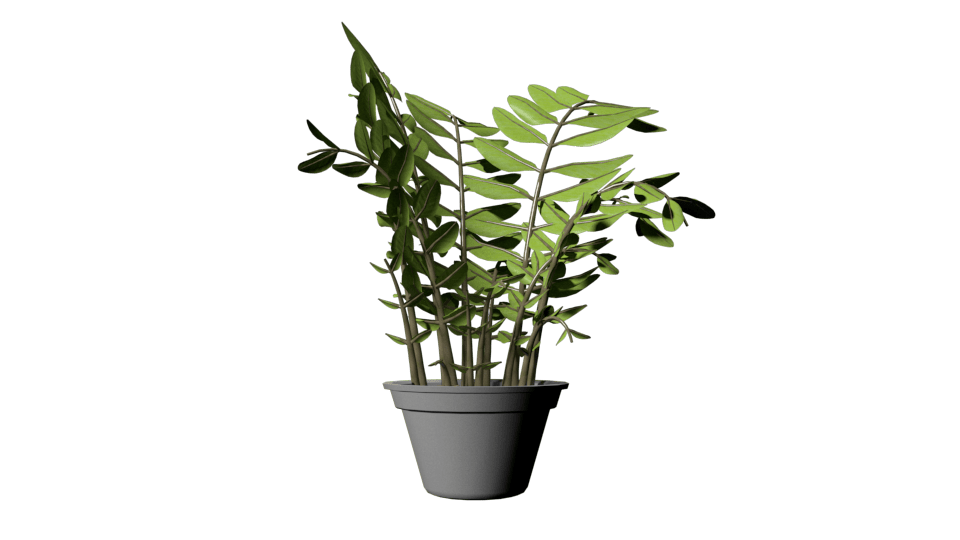
It was hard for me to tell what each plant in the concept art was so I just ended up finding plants I liked or felt fit the scene and used those as references. Then I modeled each leaf in Maya, and used SpeedTree to generate trunks, stems, and grow them.
For a few of the plants, I sculpted the high resolution leaves in Zbrush and generated a height map, which I then took to Substance Designer and used to make textures. Since I didn’t have time to do that for all of the plants, I textured the rest using photos I found online and Substance Painter.
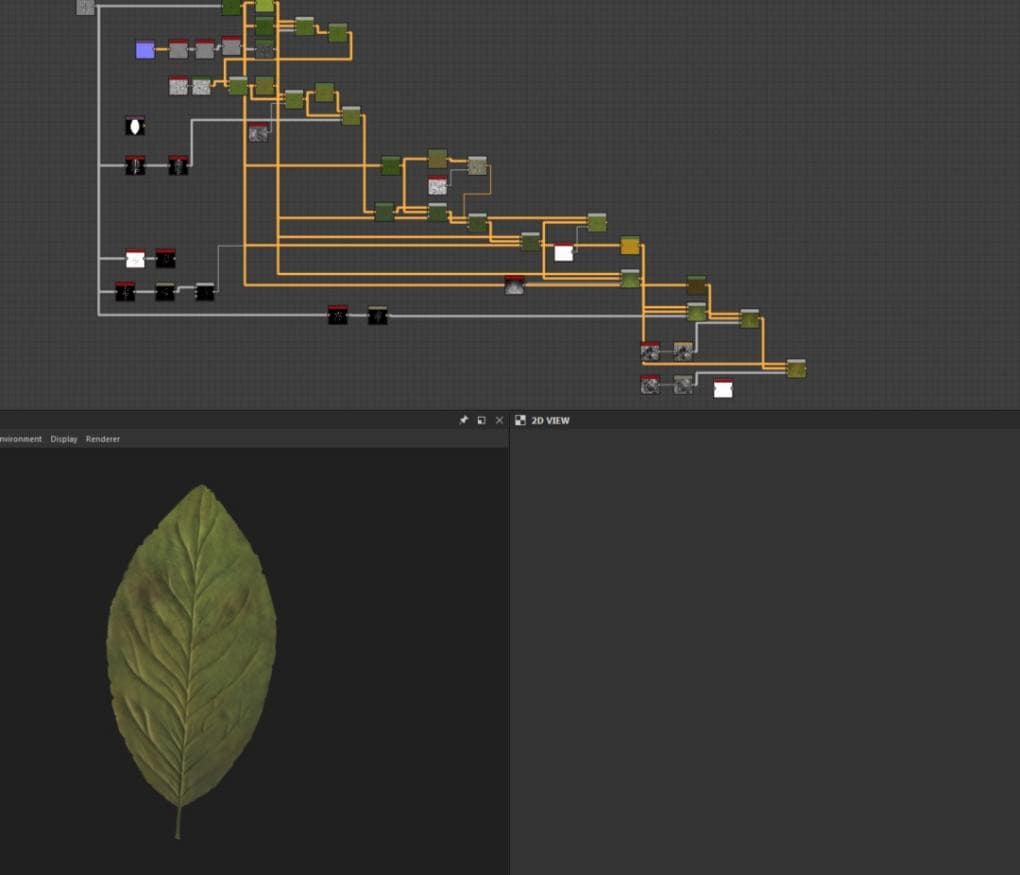
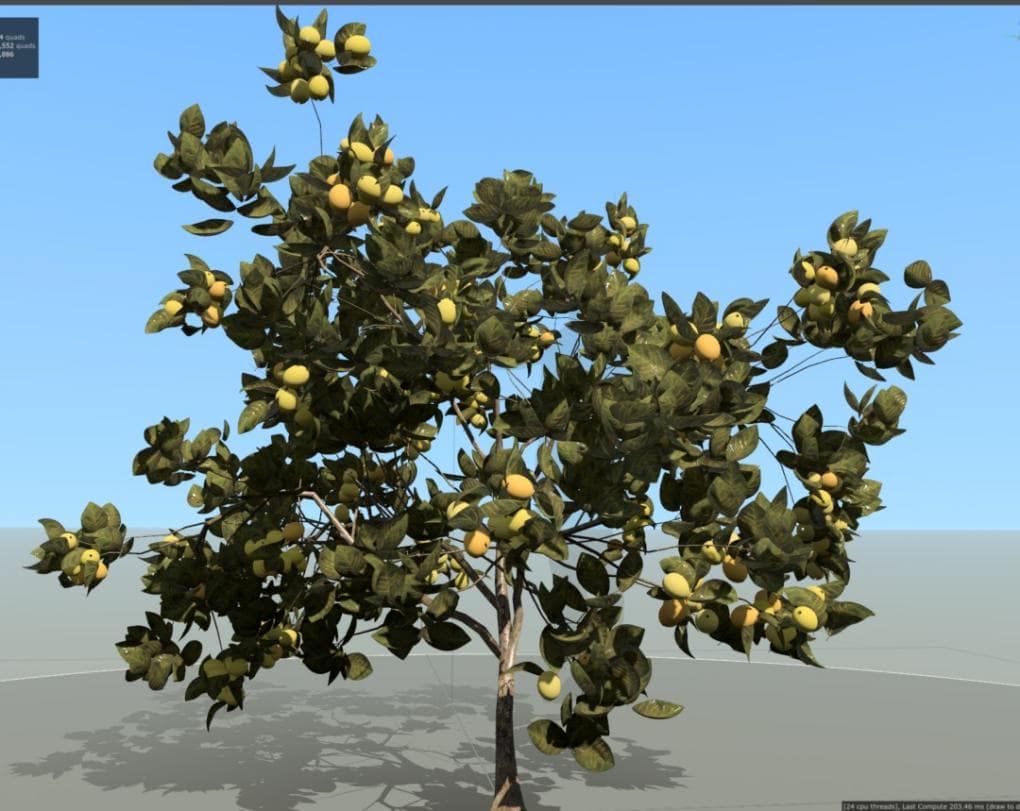
My favorite part of working on this piece was definitely working on all of the plants. I learned a lot doing them and I think, before this, I was scared of doing foliage for awhile.
The first project I used Speedtree in, I didn’t get as in-depth with it and I didn’t realize how you could really make anything you wanted to with it. There were some other people in my class who had these really crazy plants, and I was like, “There’s no way they can use Speedtree for that, they’ll have to model it by hand,” and then the teacher would do a demo, and I’d be like, “woah.”
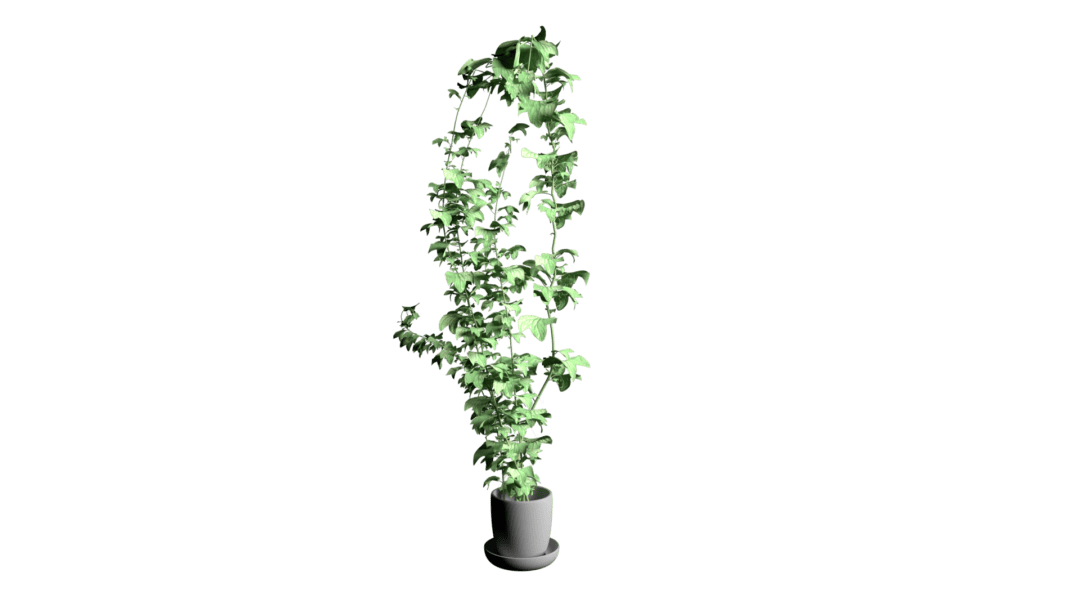
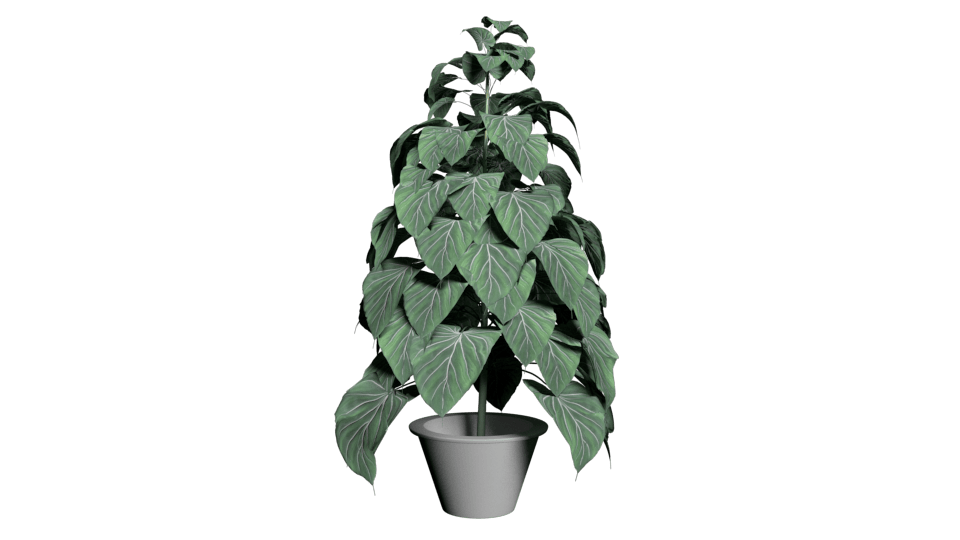
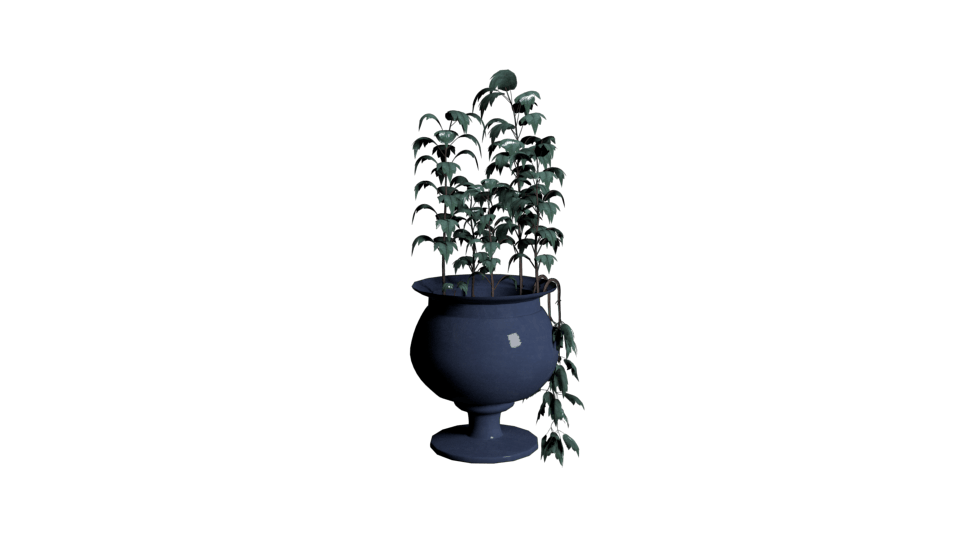
I’ve tried modeling plants in Maya before completely by hand, and it just takes so much longer, and making any kind of edit takes awhile too. SpeedTree is way faster, and it’s so user friendly. Just watching my teacher use it, I was able to get it within a week or so.
SpeedTree was a huge part of the workflow with this project, and I don’t think I’ll model plants without it in the future, if I get the option. I enjoy using SpeedTree because of just how flexible it is.
We’d like to thank Melody Romero for taking the time to talk to us and sending us images to accompany the interview. You can find more of her work and keep up with her newest pieces by following her on ArtStation!
Has seeing a floral interior has left you feeling inspired to create a spring scene of your own? Mosey on by our flowering plants in the SpeedTree library or conquer your fear of creating striking foliage with the SpeedTree modeler!

